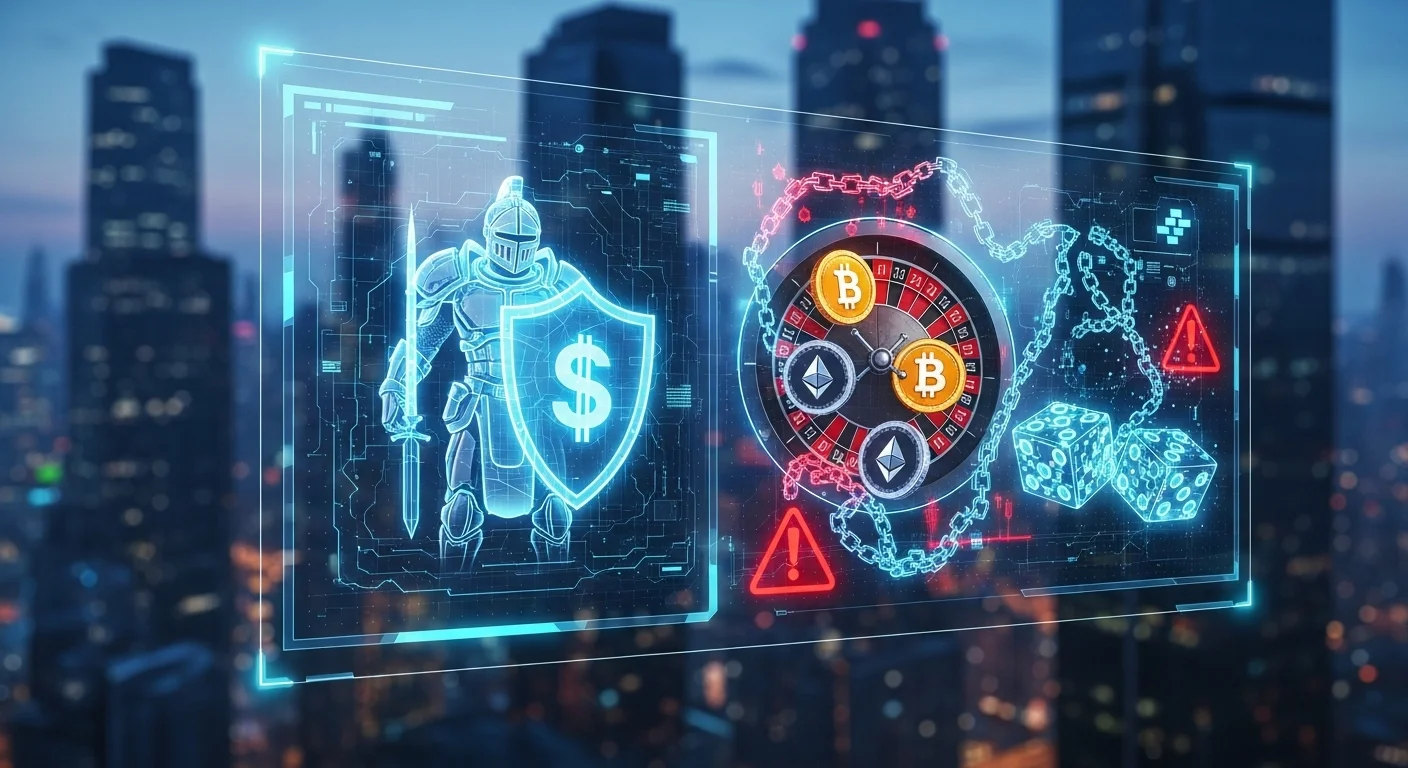The Play-to-Earn (P2E) model has revolutionized the gaming industry. Projects like Axie Infinity and The Sandbox have shown the world that gamers can do more than just spend time and money; they can own digital assets, earn real-world value, and influence the development of game universes. This tectonic shift has unlocked immense opportunities, but with them come significant legal risks that many startups underestimate.
The primary danger lies on the fine line between an innovative P2E game and an unlicensed gambling operation. Regulators worldwide are beginning to scrutinize P2E mechanics, and a misclassification could cost a project not only its reputation but also lead to multi-million dollar fines and criminal liability for its founders.
In this article, our legal experts specializing in Web3 will break down the criteria by which your game could be classified as gambling and how to mitigate these risks during the development phase.
Why Are P2E Games Attracting Regulatory Scrutiny?
Traditional video games are built on a “Pay-to-Play” or “Free-to-Play” model with in-game purchases that hold no real-world value. P2E changes everything. The value of assets (NFT characters, artifacts, tokens) is determined by the open market, and the primary motivation for many players becomes not just entertainment, but financial gain.
It is precisely this financial component that prompts regulators to ask the crucial question: Is this a game or a veiled casino?
The Core Question: Game or Gamble? The Three-Pronged Test
In most jurisdictions, from the United States to the EU and Asia, the legal definition of gambling is based on three key elements. If your P2E game features all three, you are in a high-risk zone.
1. Consideration
- What it is: The player must pay or risk something of value to participate.
- How it applies to P2E:
- Purchasing starter NFT characters or items to begin playing.
- Staking cryptocurrency or tokens to enter a tournament or mission.
- Paying for “Loot Boxes” that contain valuable, tradable assets.
If a player is required to first invest real money (or crypto assets) to have a chance to earn, the “consideration” element is likely met.
2. Chance
- What it is: The outcome of the game is predominantly determined by chance, rather than the player’s skill.
- How it applies to P2E:
- Breeding Mechanics: If the attributes of a new NFT character are determined randomly (by an RNG – Random Number Generator) rather than by player strategy.
- Loot Boxes and “Drops”: When receiving a valuable NFT from a chest or after defeating a monster is a random event.
- Gameplay: If winning a PvP battle depends more on random critical hits than on tactics and skill.
This is the most subjective and critical element. If the element of chance dominates, the game resembles roulette. If skill prevails (strategy, reaction time, tactical planning), it is closer to chess or an esport.
3. Prize
- What it is: The winner receives a prize that has monetary or material value.
- How it applies to P2E:
- Rewards in the form of fungible tokens ($SLP, $AXS) that are traded on exchanges.
- Winning rare and expensive NFTs that can be sold on marketplaces like OpenSea.
In P2E games, this element is almost always present—it’s the very essence of the model. Therefore, to reduce risk, developers must focus on mitigating the elements of Consideration and Chance.
Red Flags: When Is Your P2E Project at Risk?
Analyze your game. The presence of the following elements significantly increases its risk of being classified as gambling:
- High Barrier to Entry: The game requires the purchase of expensive NFTs, making it inaccessible without a significant financial investment.
- Marketing Focused on ROI: Your promotional materials promise “10x returns,” “fast earnings,” and “return on investment” instead of engaging gameplay.
- Dominance of Chance: Core earning mechanics (like opening loot boxes) are entirely random.
- Lack of a Genuine Free-to-Play Mode: If a free mode is merely for show and offers no real path to earning, a regulator may deem it illusory.
- An Economy Reliant on New Players: If payouts to existing players depend on a constant influx of new investors, the model exhibits the hallmarks of a pyramid scheme.
The Consequences of Being Classified as Gambling
If your project is deemed a gambling operation, the consequences can be catastrophic:
- Licensing Requirements: You will need to obtain an expensive and complex gambling license in every jurisdiction where your players are located.
- AML/KYC Obligations: You will be required to implement Anti-Money Laundering and Know Your Customer procedures for all players.
- Age Restrictions: Strict enforcement of age-gating (18+ or 21+).
- Geo-Blocking: Prohibiting access for players from countries where gambling is illegal.
- Massive Fines and Criminal Liability for founders for operating an unlicensed gambling business.
- Removal from App Stores, as Apple and Google have strict policies against unregulated gambling applications.
How to Mitigate the Risks: Practical Steps for Developers
- Shift the Focus to Skill (Skill-Based). Ensure that success in the game depends on strategy, tactics, and player actions, with chance playing a secondary role. Document this in your Whitepaper.
- Provide a Genuine Free-to-Play (F2P) Path. Allow players to start playing and earning (albeit more slowly) without an initial investment. This can help bypass the “Consideration” element.
- Rethink Loot Box Mechanics. If you use them, ensure the player knows what they will receive, or that the items dropped are purely cosmetic and do not affect game balance or earning potential.
- Audit Your Marketing Materials. Avoid investment-centric language. Talk about “engaging gameplay,” “asset ownership,” and “community,” not “income” and “ROI.”
- Obtain a Formal Legal Opinion. Before launching, consult with legal counsel who can analyze your game mechanics, tokenomics, and Whitepaper to identify risks and provide specific recommendations for mitigation.
Conclusion
The Play-to-Earn industry holds incredible potential but is navigating a minefield of legal uncertainty. Ignoring the risks associated with gambling laws is not just a mistake—it is an existential threat to your entire project.
Don’t wait for a letter from a regulator. A proactive, legally-informed approach is the key to long-term success and sustainable growth in the Web3 space.


Leave a Reply